**New Listing!**
2Bed-1Bath-816 Sq. Ft.
Priced at $399,000!
Great opportunity to own charming craftsman bungalow style home in lovely part of Escondido! Property sits on spacious corner lot and offers tremendous potential for redevelopment or expansion! Property features original hardwood floors, murphy bed in guest bedroom, ceiling fans, dedicated laundry room, quaint front porch, detached 2 car garage, large backyard, mature trees and more! Walking distance to movie theater, performing arts center, schools, parks, restaurants and shopping! Investors welcome too!
CLICK HERE for more information and photos!
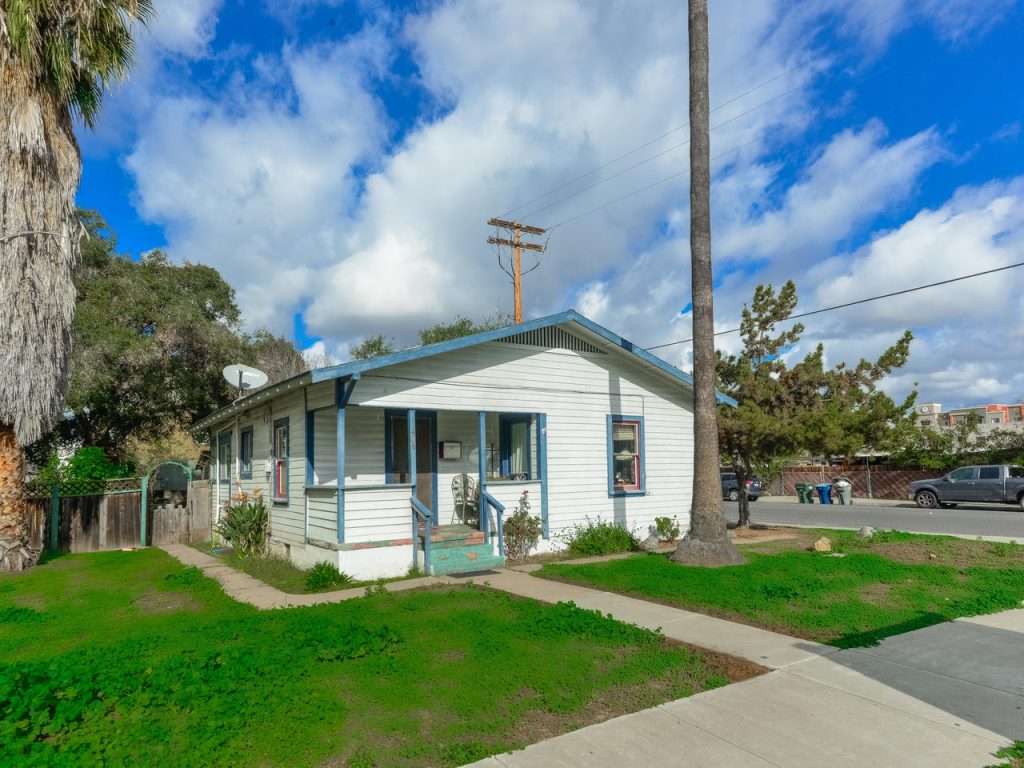
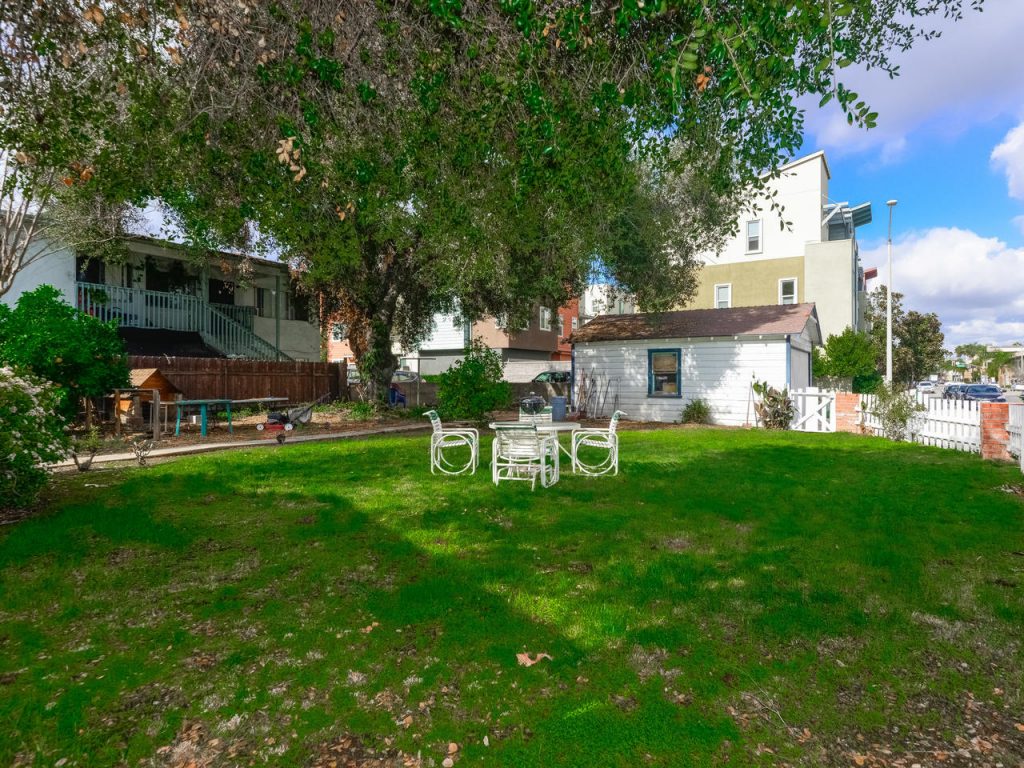

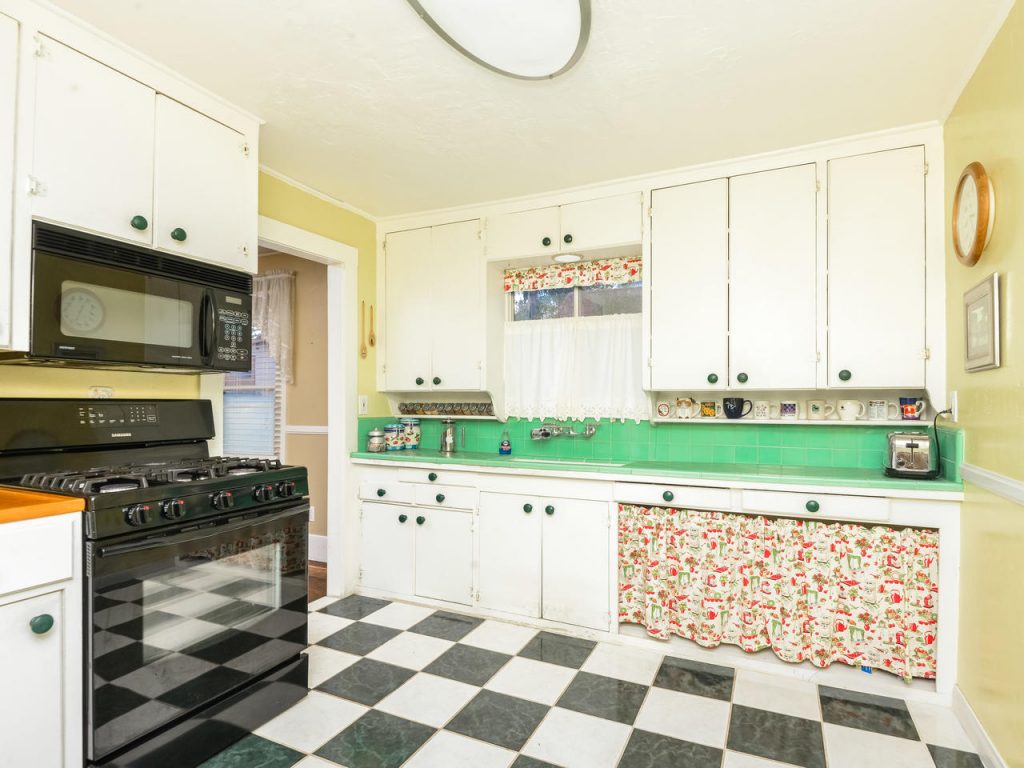
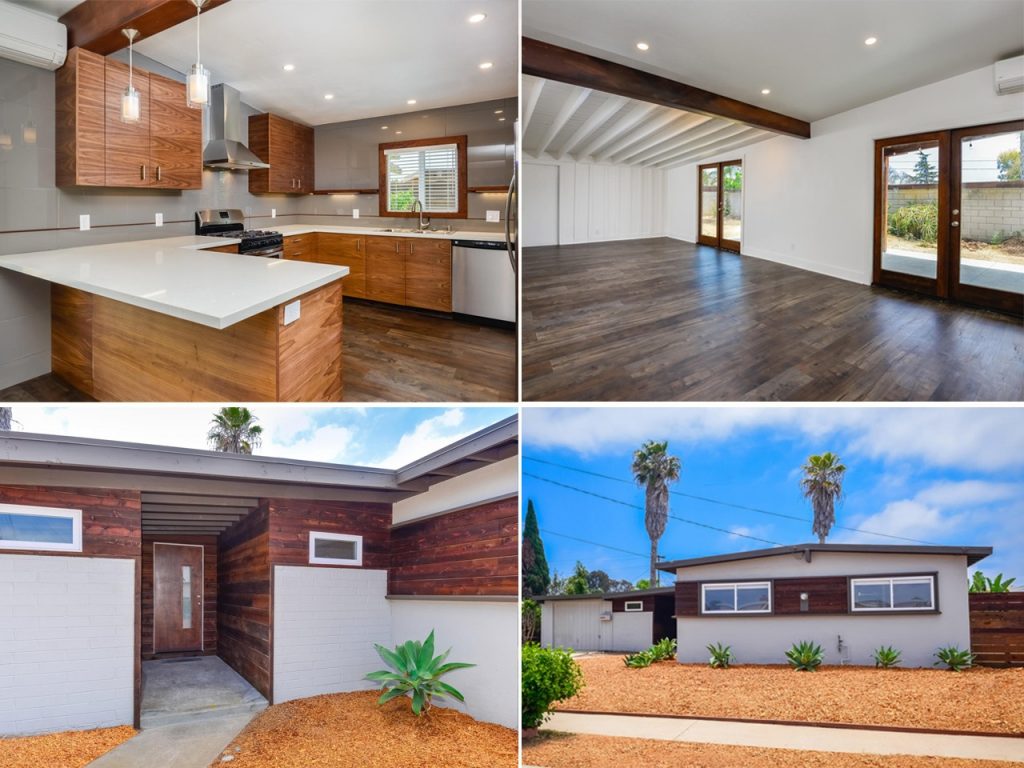






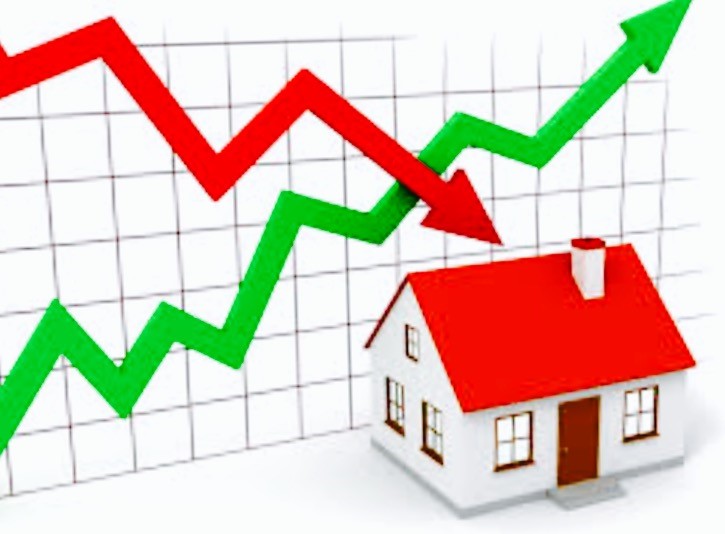 The new tax law is likely to increase Patrice and Kalvin Sosoo’s housing costs when they buy their next home. New Jersey is the poster child for the high-cost, high-tax states where housing markets—and homeowners—are supposed to suffer under the new tax law. Patrice and Kalvin Sosoo, of Teaneck, N.J., have a toddler, Kingsley, and a baby on the way, so they’re in the market for a larger place. But the Sosoos aren’t deterred by the new rules, even though housing costs for their next home are likely to be higher.
The new tax law is likely to increase Patrice and Kalvin Sosoo’s housing costs when they buy their next home. New Jersey is the poster child for the high-cost, high-tax states where housing markets—and homeowners—are supposed to suffer under the new tax law. Patrice and Kalvin Sosoo, of Teaneck, N.J., have a toddler, Kingsley, and a baby on the way, so they’re in the market for a larger place. But the Sosoos aren’t deterred by the new rules, even though housing costs for their next home are likely to be higher.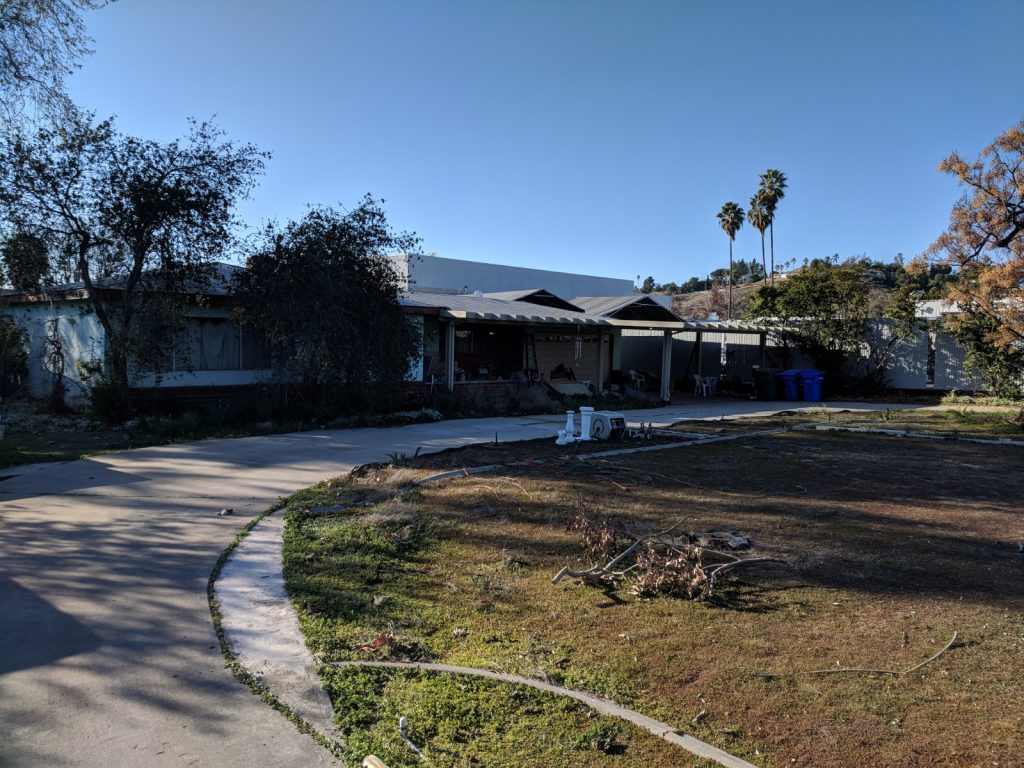
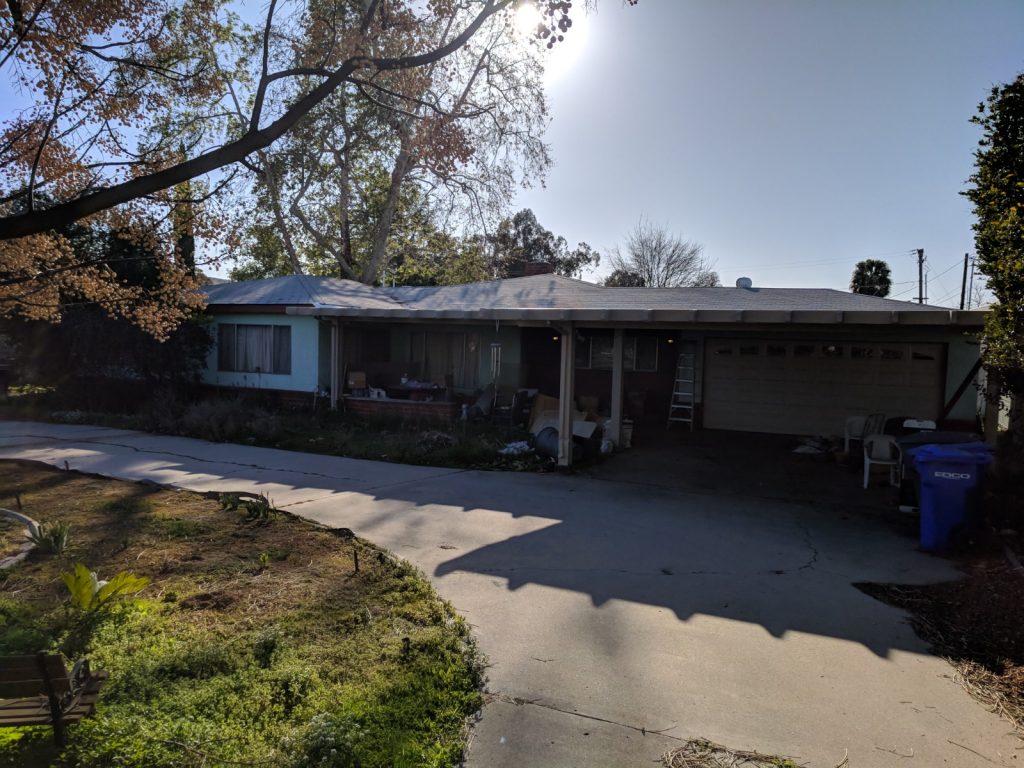
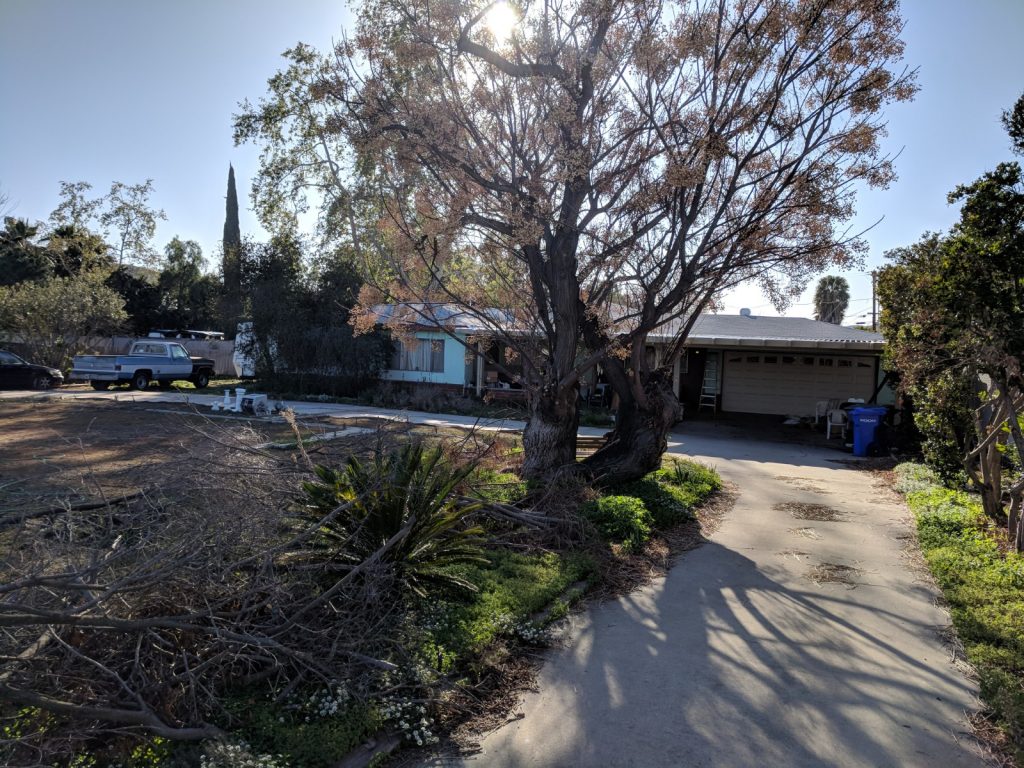
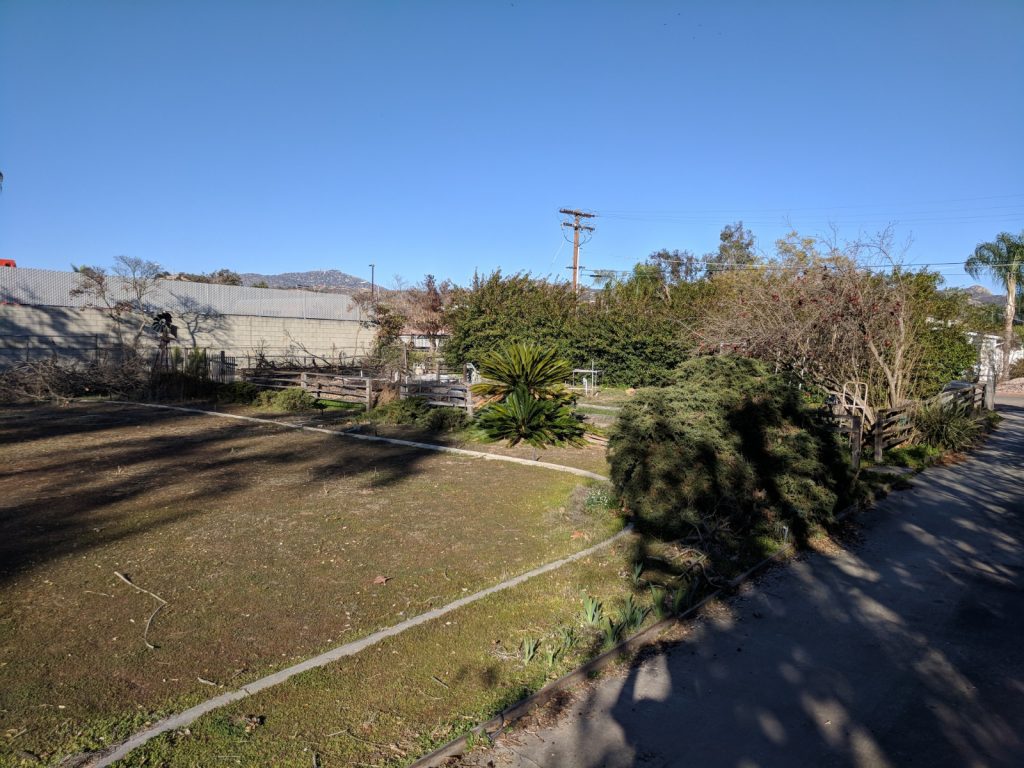
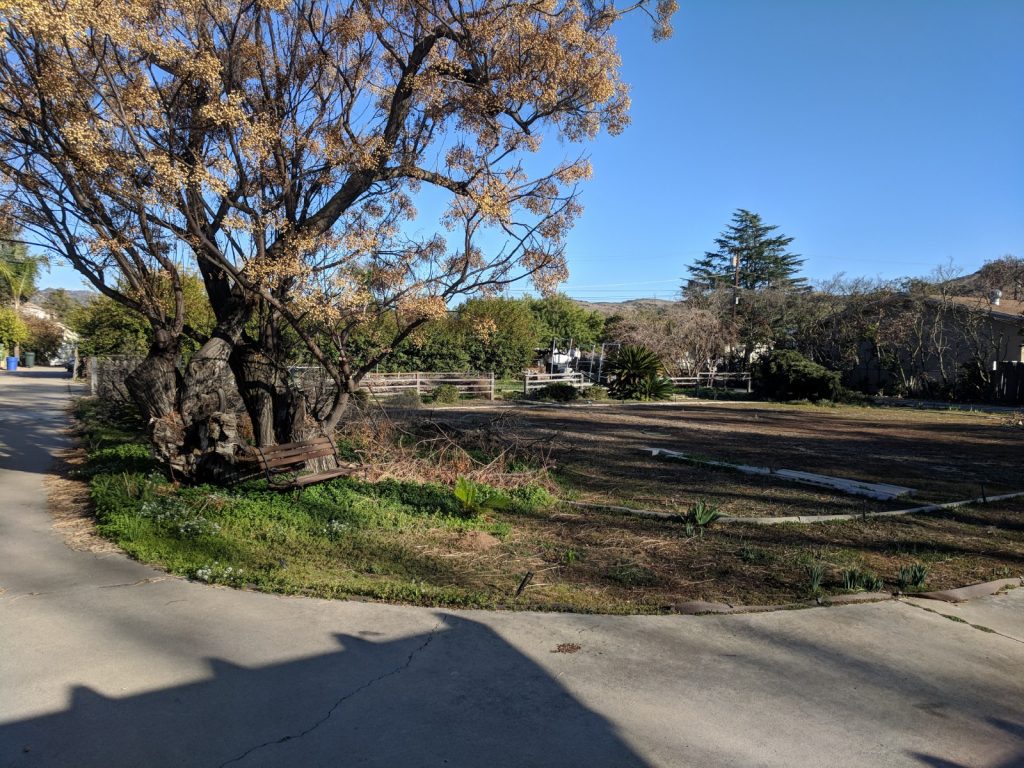

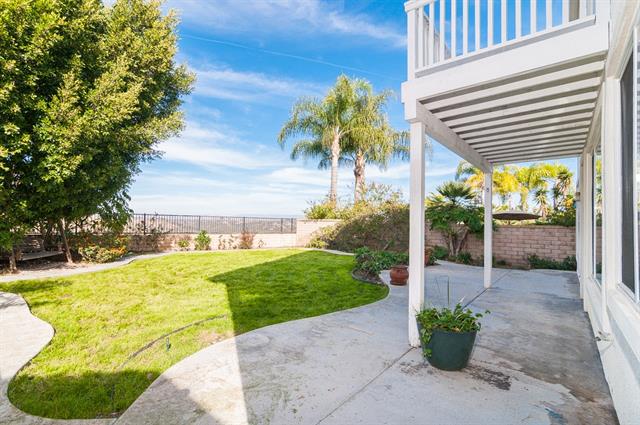

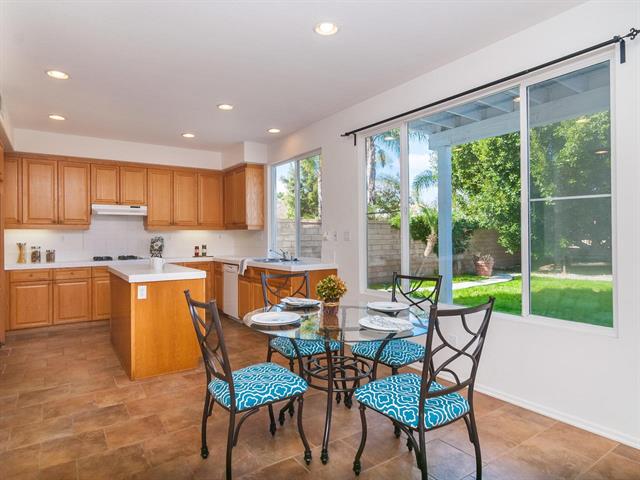


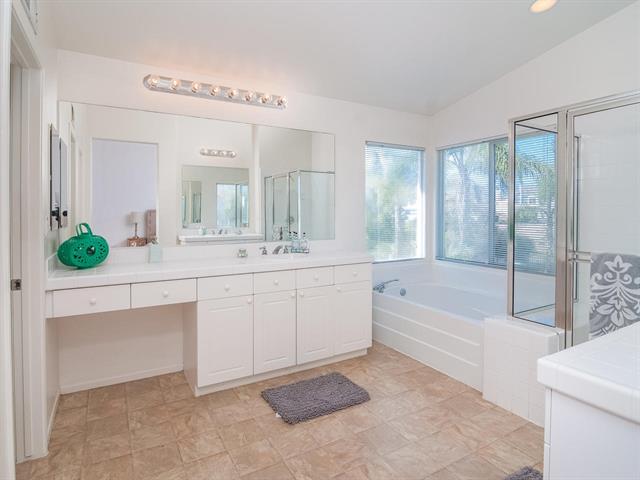
 Homeowners expecting a big tax cut from the tax reform proposals being considered in Washington may be in for an even bigger surprise.
Homeowners expecting a big tax cut from the tax reform proposals being considered in Washington may be in for an even bigger surprise.